The World of Online Eating Disorders Exposed: M’sians Are Also A Part of the Toxic Community
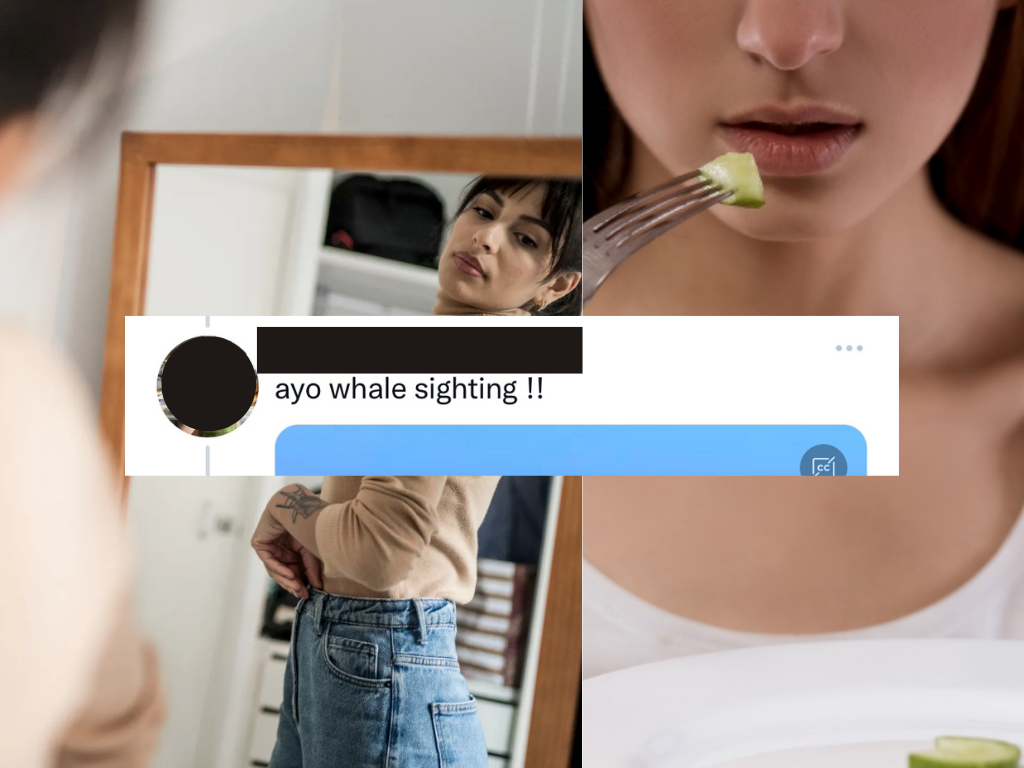 Thirsty for JUICE content? Quench your cravings on our Instagram, TikTok and WhatsApp
Thirsty for JUICE content? Quench your cravings on our Instagram, TikTok and WhatsApp
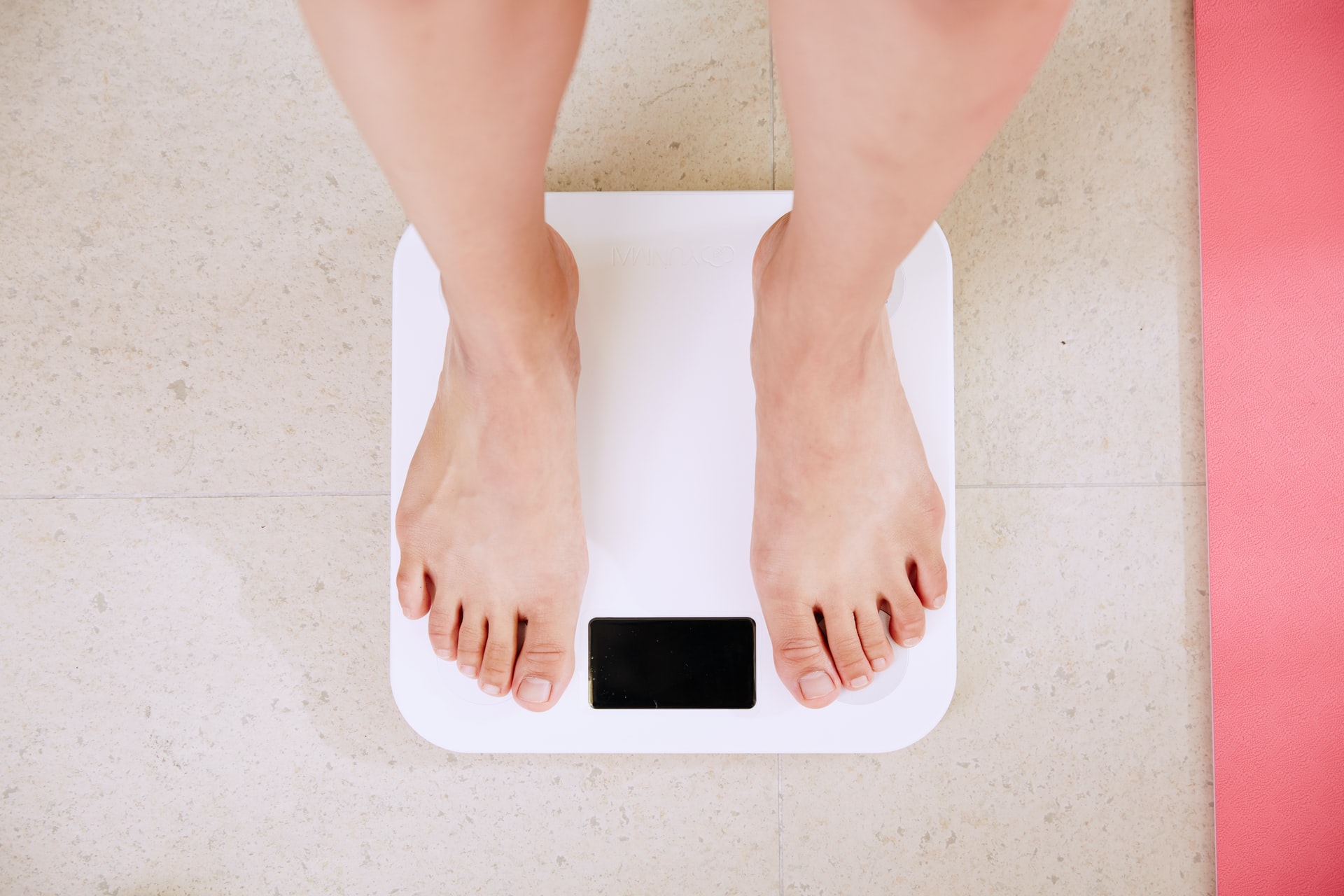
Trigger warning: This article includes the discussion of self-harm, fatphobia, eating disorders and bullying.
Where do you draw the line when it comes to achieving your body goals?
Body acceptance, plus-sized models, and curvy hourglass bodies are just a few of the recent trends in body culture.
However, despite the progress we have made as a society towards inclusivity and positivity, the “supermodel figure” still remains prevalent to this day.
Before we dive in to the meat and potatoes…
What is The Supermodel Figure?
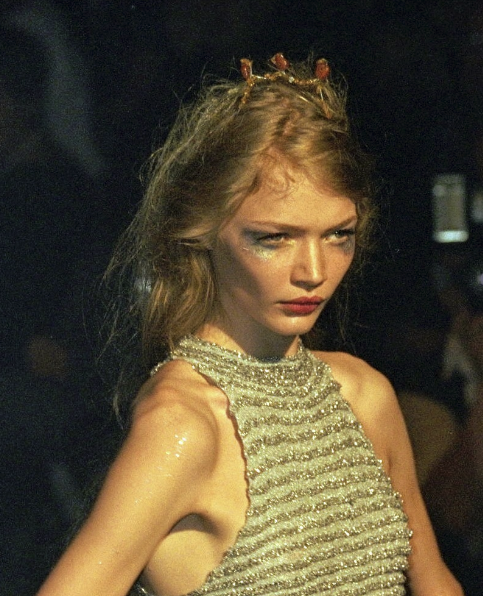
The ideal supermodel body type is easily identified.
This is the body type that catwalk supermodels of the 1990s flaunted in haute couture. Before anything else, let me emphasise the fact that these bodies were coveted in the past.
Characteristics of the 90’s supermodel figure include a slim waist, small hips, small breasts, skinny arms and legs.

This is far different from the body trend we have been seeing in the last few years which includes thick thighs, big breasts, and a well-rounded butt.
Observing the rapid transition between these two distinct body types, we can say with confidence that these trends are the complete opposite of one another.
But how does one change their body proportions according to trends?
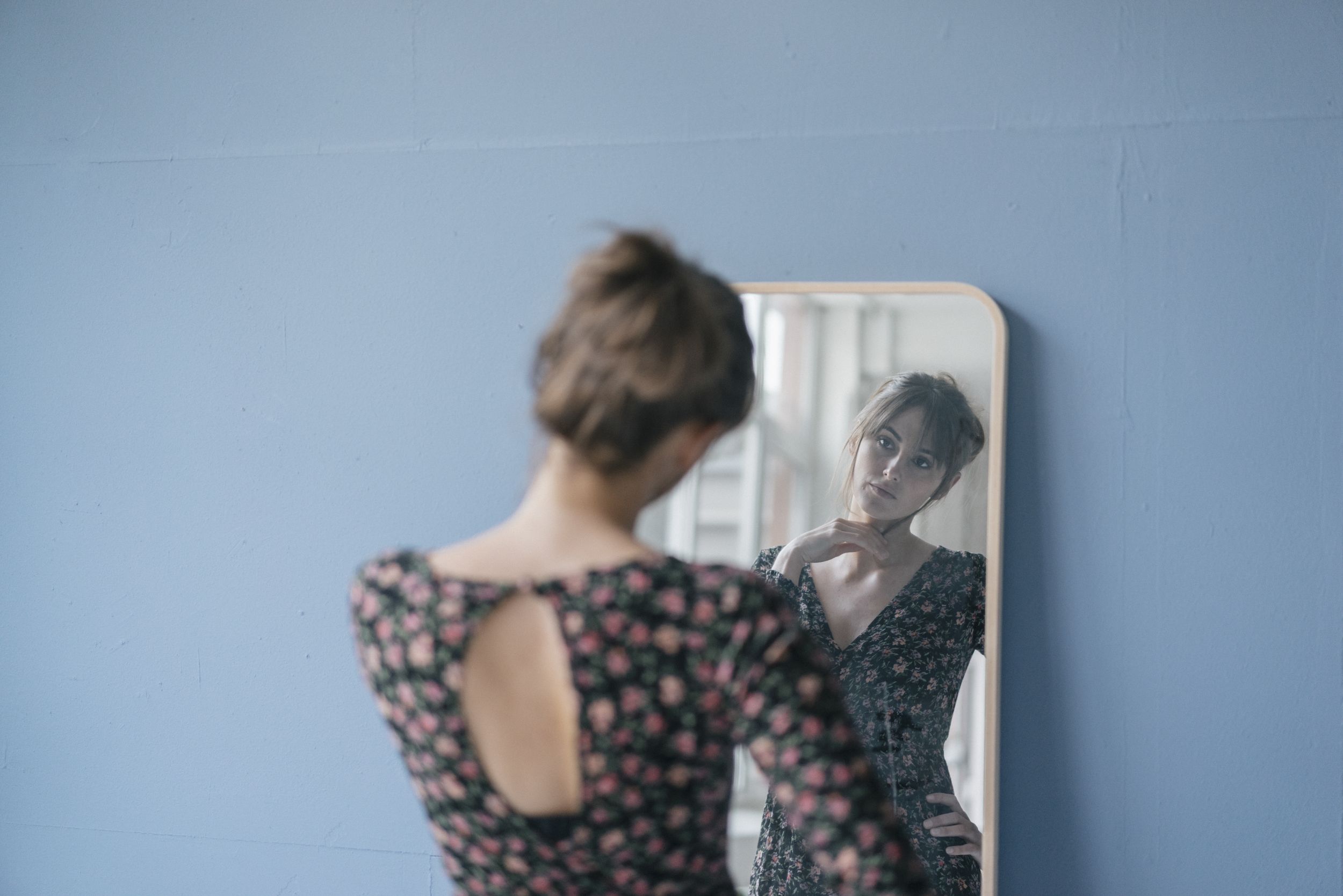
Unless you have immediate access to a good surgeon (in other words, disposable wealth), most people subject themselves to drastically transformative eating habits that are undoubtedly harmful to their health.
Nurtured by exploitative capitalism and performative influencer culture, vulnerabilities related to physical appearance continue to prosper according to the latest trends which is why it’s not hard to see how eating disorders such as anorexia and bulimia remain a problem in today’s generations.
The Danger of Body Trends. The Rise of Anorexia and Bulimia.
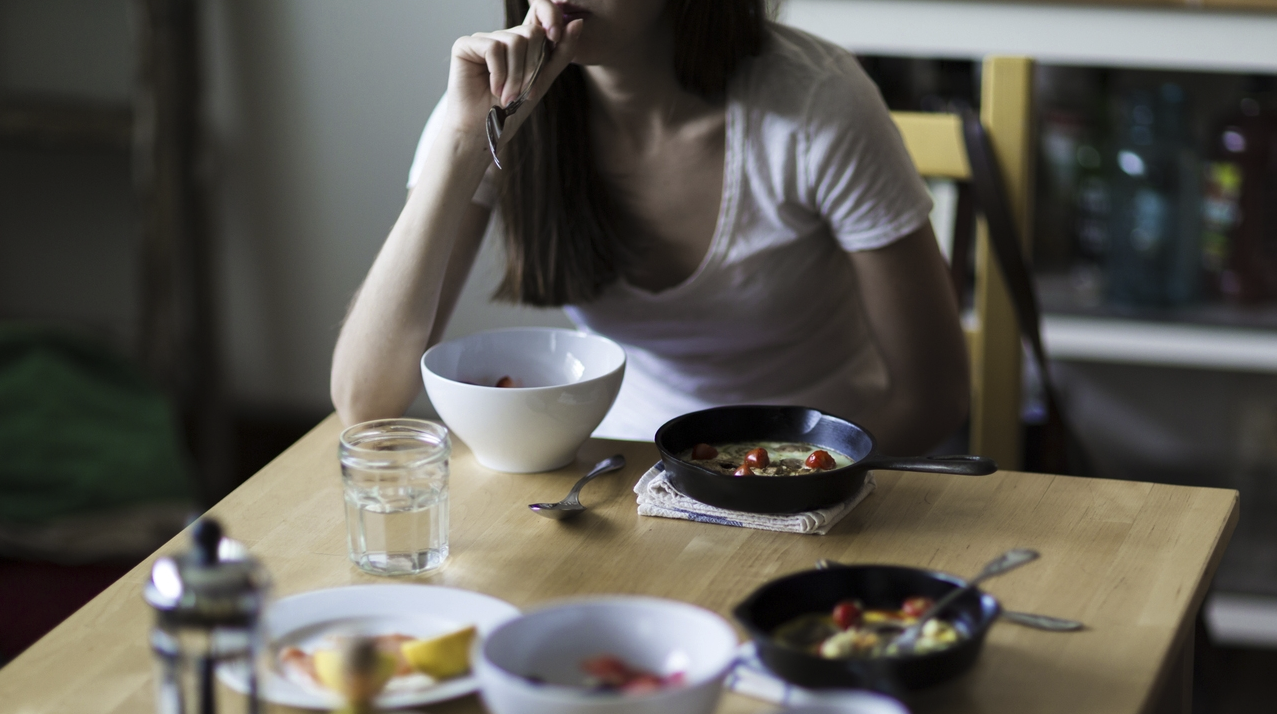
Anorexia and bulimia may have comparable signs, such as patients having a distorted perception of their own bodies, but they have distinctive patterns of behaviour when it comes to eating.
People with anorexia, for instance, drastically restrict their caloric intake in an effort to slim down. People with bulimia binge eat rapidly and then vomit or resort to other measures to avoid gaining weight.
There is a new psychological disorder that has recently been categorised as the third eating disorder, binge eating disorder (BED).
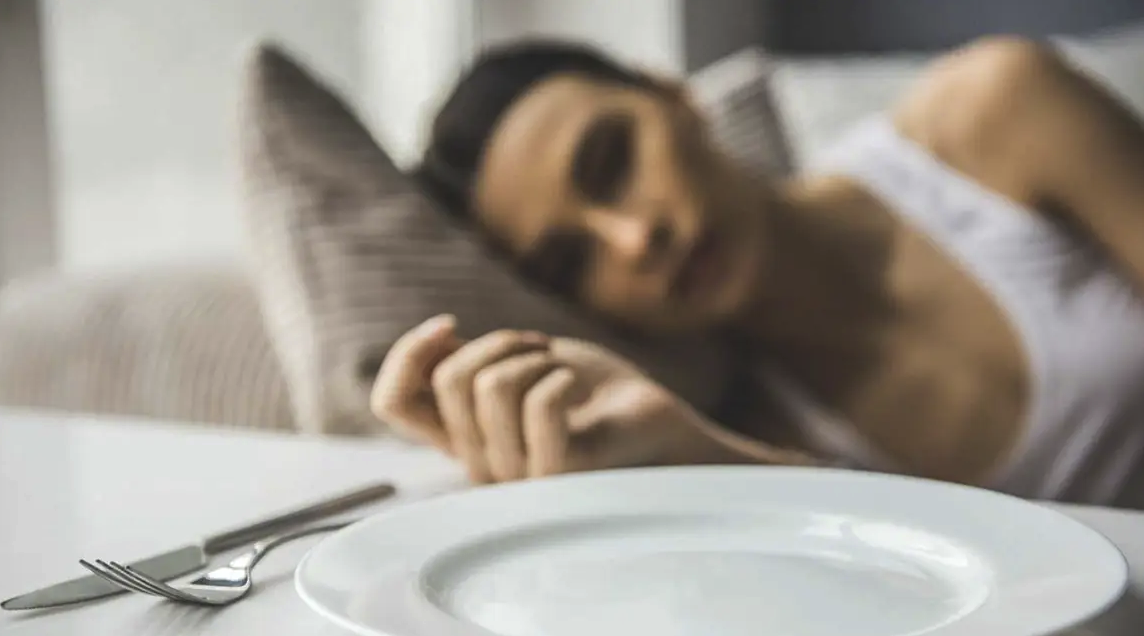
Although eating disorders may affect people of any age or gender, they disproportionately impact women. The National Association of Anorexia Nervosa and Associated Disorders (ANAD) estimates that 1% of American women will acquire anorexia and 1.5% will develop bulimia.
At least 30 million Americans struggle with some kind of eating disorder.
And while these statistics relate to the Americans, these disorders have also impacted Malaysian women, but studies have been limited due to the topic being “taboo”.
Naturally, when something is taboo, people tend to shy away from seeking professional help or talking openly about it, which brings us to the hidden online eating disorder community.
The Hidden Online Eating Disorder Community

Similar to JUICE’s previous article on Telegram channels that advertise nudes from minors, I became aware of this online community through scouring the internet.
Social media allows anyone to have a platform and while it provides a community for those who yearn to belong, it also signal boosts messages that can be harmful to the young and impressionable.
Online eating disorder communities aren’t exactly a new thing. Previously, these communities were everywhere on Tumblr.
Tumblr received backlash for perpetuating these communities and messages which is why they have drastically changed its community guidelines thus dampening its momentum.
So now, Twitter is the new gateway.
To begin, let’s start with the thousands of threads giving tips on how to starve yourself. Here are a few examples…
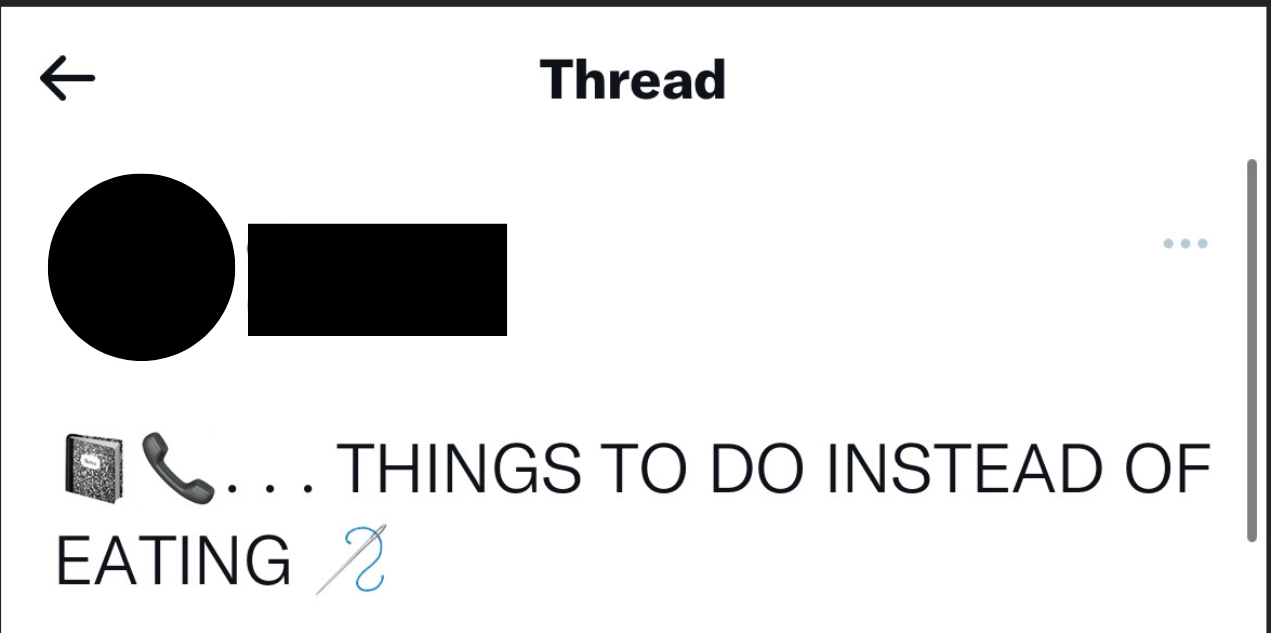
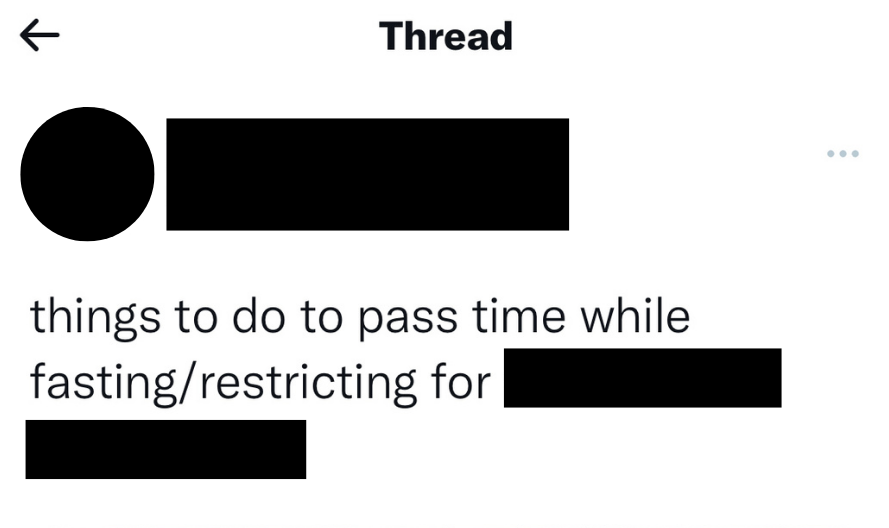
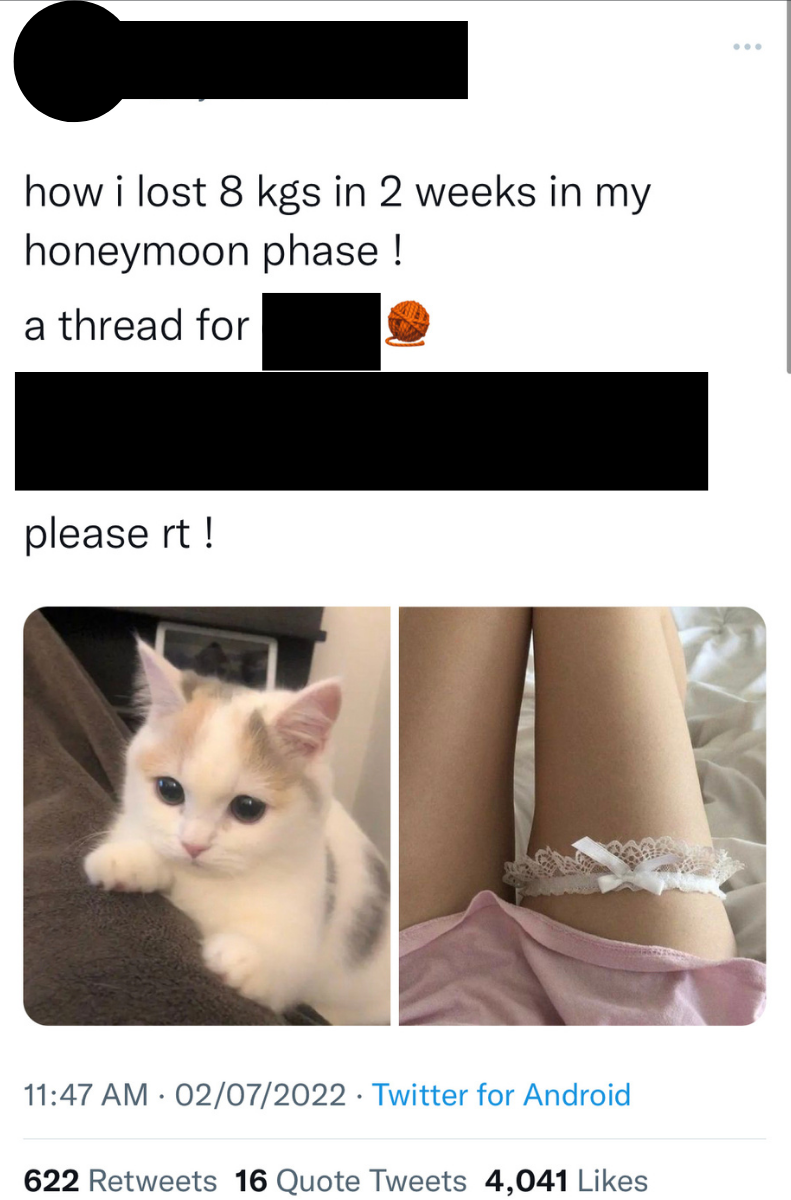
Yes, that tweet has 4,000 likes.
Let’s now look at the actual tips that are included in these threads.
One user shared her dangerous tips on losing weight which included fasting for 20 hours a day and only eating instant noodles or watermelon when it becomes too much for her.

She continued to promote other dangerous side effects of anorexia. It is clear that it includes delusions and false imaginations.
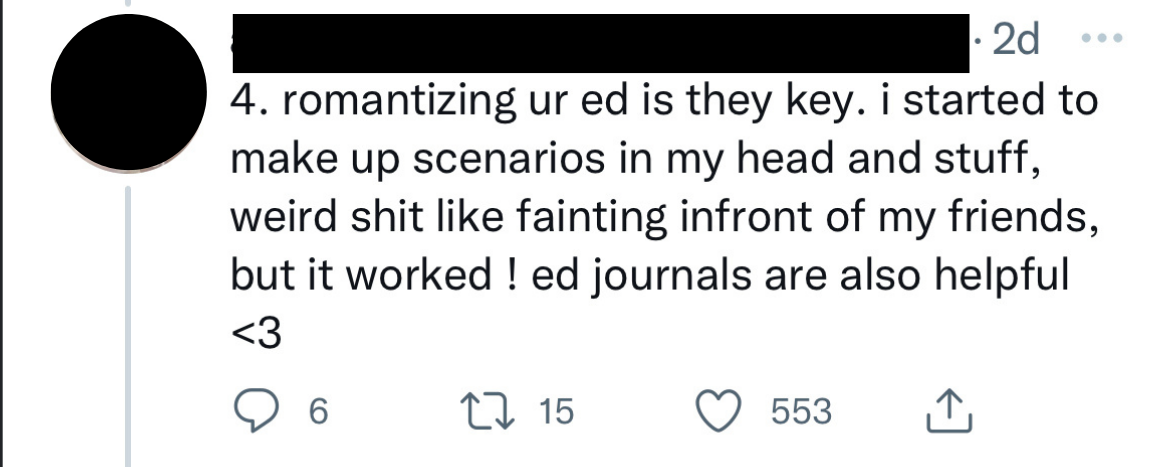
If you think that’s bad, they also shared diet tips where you could only chew on sugar-free gum and consume only 70 calories in a day.

In order to avoid gaining any weight, another suggestion is to consume cotton balls doused in orange juice. This poor diet used to be the direct cause of mortality since it could obstruct vital organs and cut off blood supply, in addition to denying the body the nutrients it so urgently requires.
While it may sound extreme to the point of incredulousness, many people actually go through these diets.
Here’s a response to one of those threads…

However, they don’t just promote life-threatening diets.
Here is a thread on Twitter that was created just to mock fat people. In addition, she encouraged her fanbase to publicly ridicule and humiliate others for their weight.

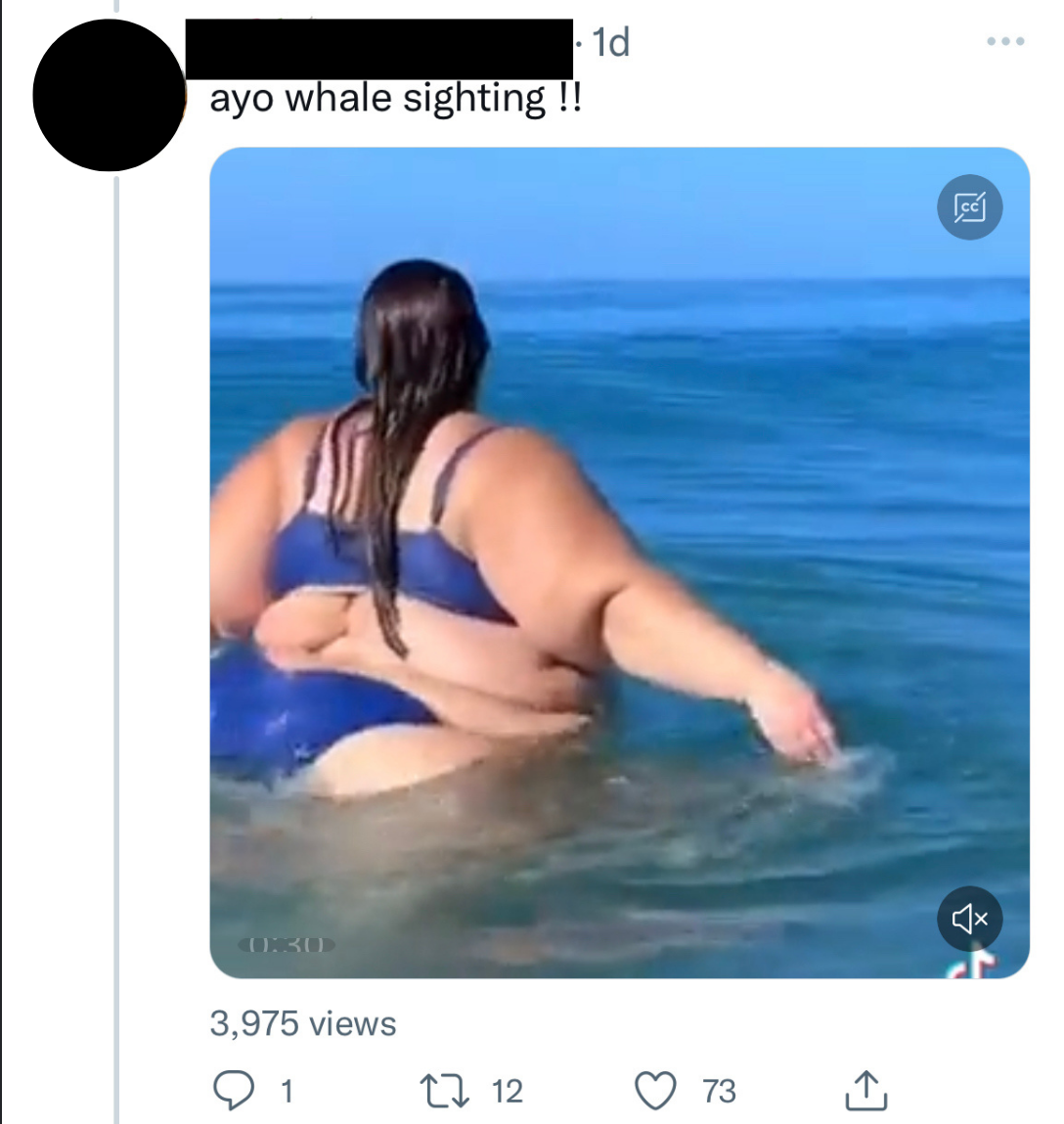
![]()
At the thread’s conclusion, the Twitter user defended her abusive tendencies. She claims that big people deserve to be mocked since they will eventually die from their eating habits.
It’s disheartening to see that the uploader is oblivious to how her own eating habits could also lead to her death.
Instead, making jokes and memes is far easier than confronting the dangers of this lifestyle.
Here’s a meme from one of these accounts…
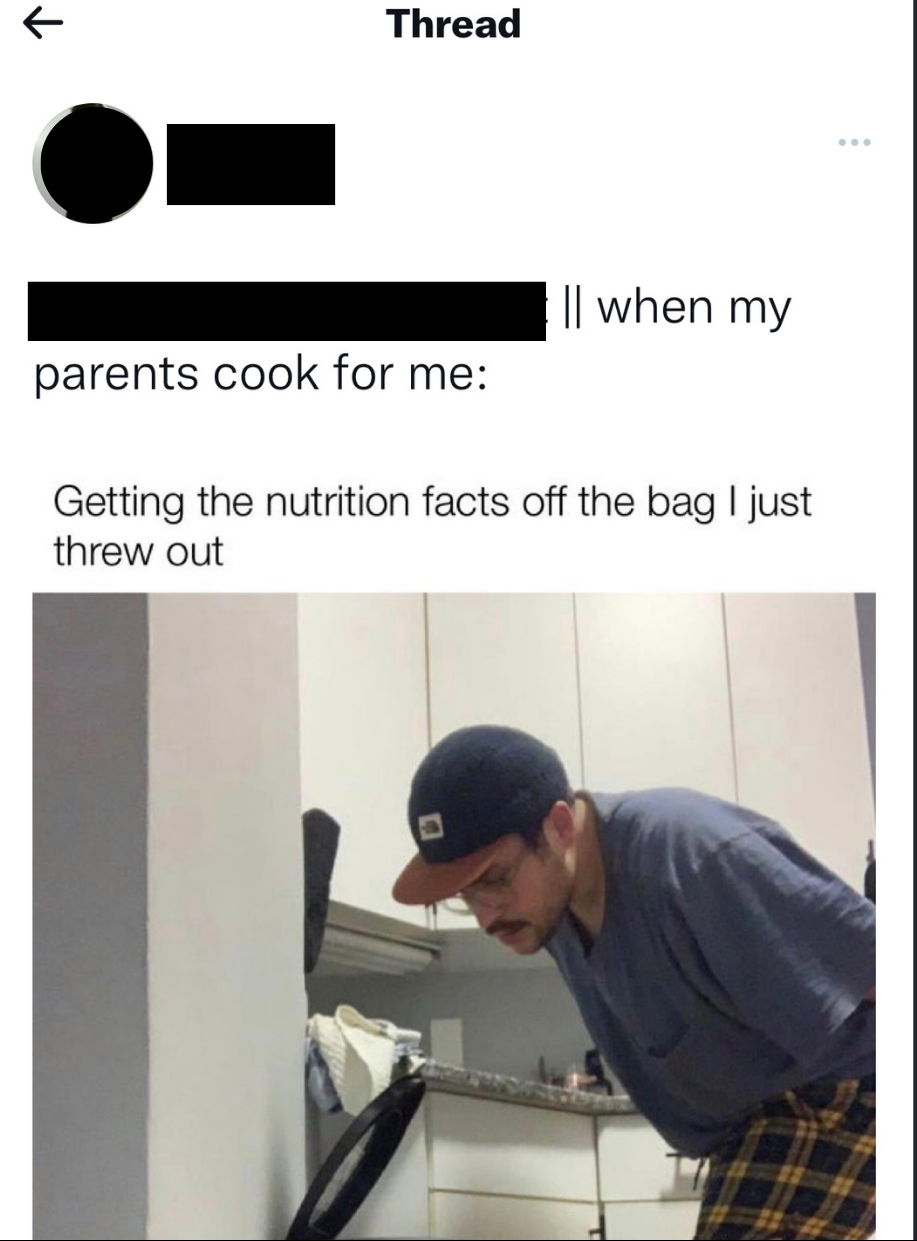
I was also shocked to see a fellow Malaysian who was also actively promoting her ED journey.
Now, why are teenagers so easily influenced by these types of content? Why can’t they see that ED is a huge mental health issue?
To answer my questions, I interviewed Eka Natasha, a mental health professional who mostly works with children and teenagers.
Here is my interview with her…
Is it true that eating disorders are developed at a younger age?

Natasha stated that Eating disorders often develop in the teen and young adult years, although they can still be developed at other ages.
Why are eating disorder patients afraid to get psychiatric help?

“Mental issues including eating disorders are hard and confusing. Having to live with it or keep it a secret from other people can be draining,” Natasha replied.
“When you are dealing with something so difficult, the hesitation can be built up due to the embarrassment or discomfort you might feel or the fear about how other people might react,” she added.
Natasha added that many patients and clients that come for her consultation believe that they are inadequate if they have to admit something is wrong with their mental health.
“Further, they believe they should be able to handle things on their own without assistance and that they must be weak or inferior to have to ask for help.”
Why do eating disorder patients fail to see that ED is a big problem?
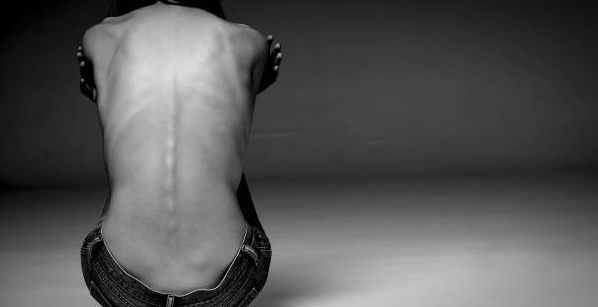
“It is assumed that physical illness comes with presentable pain such as changes in body temperature, different texture of the skin, etc,” Natasha answered.
“However, those who have never experienced the pain of psychiatric illness, such as an eating disorder do not understand that the pain can be greater than that of a person suffering from the flu, fever, and even cough.”
She elaborated and said that people who suffer from eating disorders do not want to be ill, nor did they ask for their illness. It is a bodily disease like physical illness, only with a different presentation. Our community and some of us still think that physical illness is acceptable, whereas a mental illness often seems illogical.
Does the media affect young children’s minds in how they see their bodies?

“Yes. The media portrays so-called physical standards in social media, drama, movies, music videos, and advertisements,” said Natasha.
She continued to explain that these beauty standards have been celebrated vastly as aesthetics, trendy, and acceptable by the community.
“As we have witnessed this portrayal of the image since we are kids, we have the idea of what characteristics appear appealing and accepted in our community,” she added.
“This physical characteristic changes over time. What seems to be a beauty standard in 2000 may not align in the year 2010 or even 2020. It can be overwhelming for us to keep up with the beauty standard as it keeps shifting.”
What can ED patients do to get psychiatric help?
“ED patients can walk into Klinik Kesihatan or GP to get a referral letter for a psychiatric appointment. Once they get the referral letter, the patient will visit the psychiatric department for further assessment,” she answered.
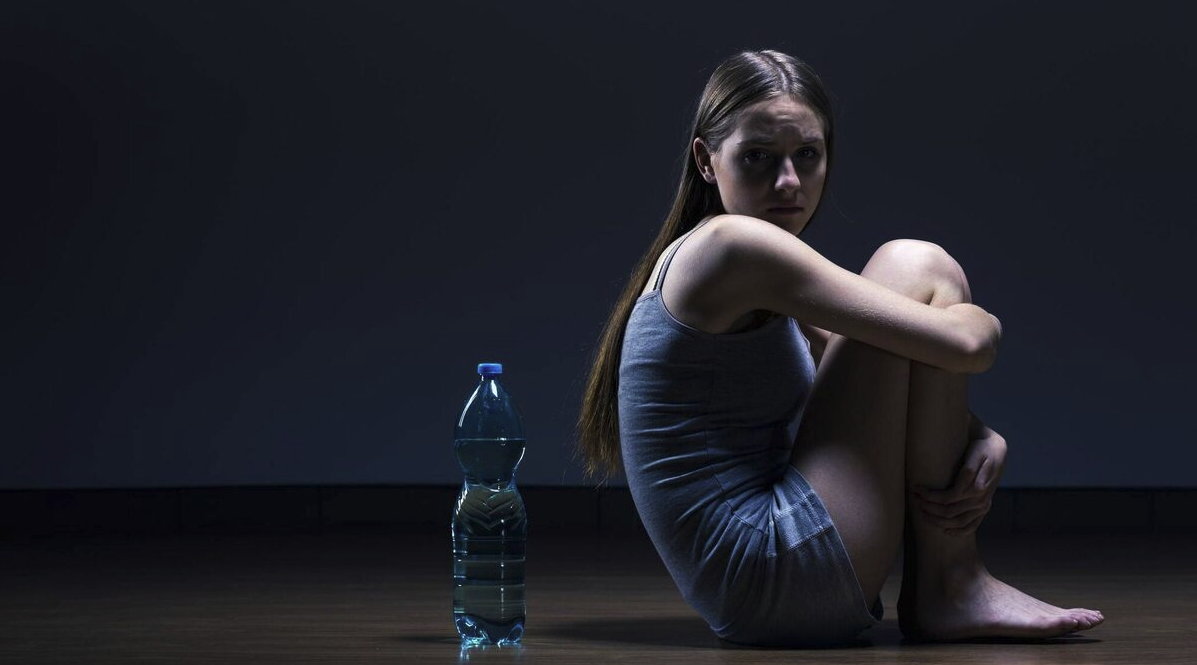
Based on the interview, statistics and observations on social media, it’s clear that these body-image trends are a recipe for disaster for vulnerable individuals.
As a person who previously fell victim to anorexia myself, it is important to monitor your consumption of these types of harmful media and reach out to friends and family for help.
Sadly, eating disorders are a universal experience but in our struggles, we can find solace and solidarity in others who are going through the same thing.
You only have one shot at life, so put your health as your main priority and don’t be embarrassed to ask for assistance when you need it.


 Get Audio+
Get Audio+ Hot FM
Hot FM Kool 101
Kool 101 Eight FM
Eight FM Fly FM
Fly FM Molek FM
Molek FM
